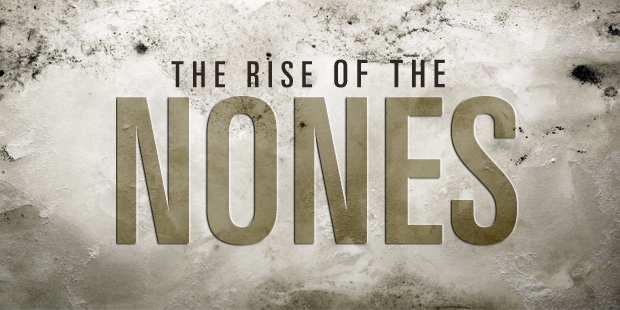As society moves away from Christian identification, let’s meet them on the road and say, “We did not believe in that expression of Christianity anyway. Let me tell you about Jesus and how he changes everything.”

There are megachurches in America that are undermining the stereotypical view of themselves– for the glory of God. I have already written of three realms where mega churches are making a missional impact; here are the final two of five realms.

The spiritual disciplines play a significant role in our spiritual development. They represent practices of our faith that give us the opportunity to interact with Christ. Unfortunately, a “discipleship deficiency” is plaguing the church.

Statistically, you can see a recurring pattern: Bible engagement is directly related to spiritual growth.
However, if tangible life changes are statistically related to Bible engagement in the life of a disciple of Christ, why aren’t more reading and studying the Bible?

This is a continuation of my series about laypeople and the mission of God. If you missed the first post in the series about killing the clergy-laity caste system, you can find it here.

Spiritual growth does not happen by accident, and since Jesus has called us to make disciples of all nations, we wanted to discover the common traits for those maturing in their faith. Here are the results of a survey of over 4,000 people about their spiritual lives and levels of maturity.

Today, I begin a new blog series to continue an ongoing dialogue. And make no mistake this dialogue is important. What I hope we gain together are sound principles of what makes a church missional– anytime, anywhere, any size. Even greater, I hope you see where your church is un- or under-engaged in the mission of God– and make clear plans to take concrete steps forward.

Any institution or organization that grows large will battle mission and values drift. But today as I continue my series I want to give you some opportunities that megachurches provide for missional ministry. Here are two more ways that I think churches can engage in missional ministry. They are drawn from some past research and writing combined with some new information.

Laypeople is a common word we use around churches but I don’t like it. The image that such terminology creates is of two classes of people inside the church. That image is not only unbiblical but I believe it sabotages the mission of God intended for ALL God’s people and teaches “lay people” that they are the ones who do nothing or are worth very little.

Donald McGavran was a third generation missionary child in India and later a professor at Fuller Theological Seminary. His unique background provided first-hand observations of both the Indian caste system and mid-twentieth century America, including the rise of suburbia and the perceived superiority of certain classes. Consequently, McGavran became particularly concerned with understanding and overcoming social barriers he saw as preventing people from coming to Christ.
When discussing the issue hypothetically or as an outside observer, one can easily say “Here’s what we should do.” For those who have gone through or are currently going through such a transition, however, knowing the best way to respond proves a great challenge due to the multiple factors at work.





